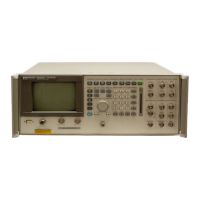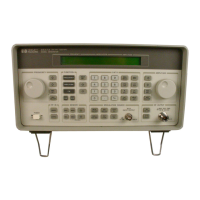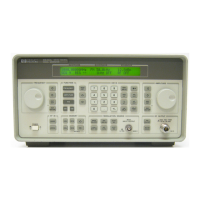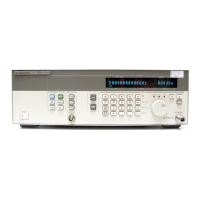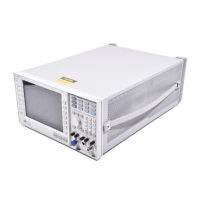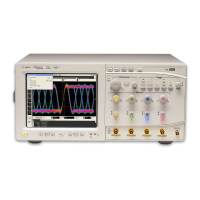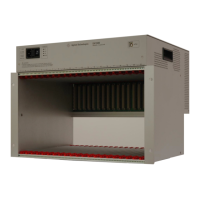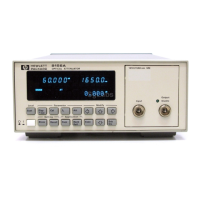

Do you have a question about the Agilent Technologies 8156A and is the answer not in the manual?
| Type | Optical Attenuator |
|---|---|
| Accuracy | ±0.5 dB |
| Resolution | 0.01 dB |
| Display | LCD |
| Interface | GPIB, RS-232 |
| Attenuation Range | 0 to 60 dB |
| Power Supply | 100-240 V, 50/60 Hz |
| Optical Connector | FC, SC |
| Insertion Loss | <0.5 dB |
| Return Loss | > 55 dB |
| Connector Type | FC |
Learn how to use the Agilent 8156A attenuator's basic functions, including modifying keys and settings.
Understand the process of performing automatic and manual attenuation sweeps on the instrument.
Guidance on configuring and utilizing the attenuator for back reflection applications.
Procedure for configuring the physical connections and hardware for attenuation measurements.
Guidance on setting attenuation factors and calibration factors for precise control.
Steps for setting up the hardware configuration specifically for attenuation sweep operations.
Detailed instructions for setting up and executing automatic attenuation sweeps.
Guide to configuring and performing manual attenuation sweeps with parameter control.
Instructions for setting up the hardware for variable back reflection measurements.
Guide to configuring software parameters for back reflection analysis.
Procedure for saving the current instrument configuration to memory.
Instructions for recalling stored instrument settings, including default settings.
How to set and reset the GPIB address of the attenuator from the front panel.
A summary table of common SCPI commands with their parameters and functions.
Details on status registers (OPERation, QUEStionable) and their organization.
Commands for setting attenuation, LC mode, offset, and wavelength.
Commands for controlling absolute power mode and output shutter state.
Detailed commands for managing instrument status and events.
Important safety precautions to observe during instrument installation.
Specifications and precautions related to the instrument's AC power connection.
Warranted and typical performance characteristics for various instrument options.
Guidelines for conducting Total Insertion Loss, Linearity, Repeatability, and Return Loss tests.
Procedure for testing Polarization Dependent Loss using the Mueller method.
Essential safety rules to follow during all cleaning procedures for optical devices.
Details on GPIB error codes related to command syntax, parameters, and execution.
